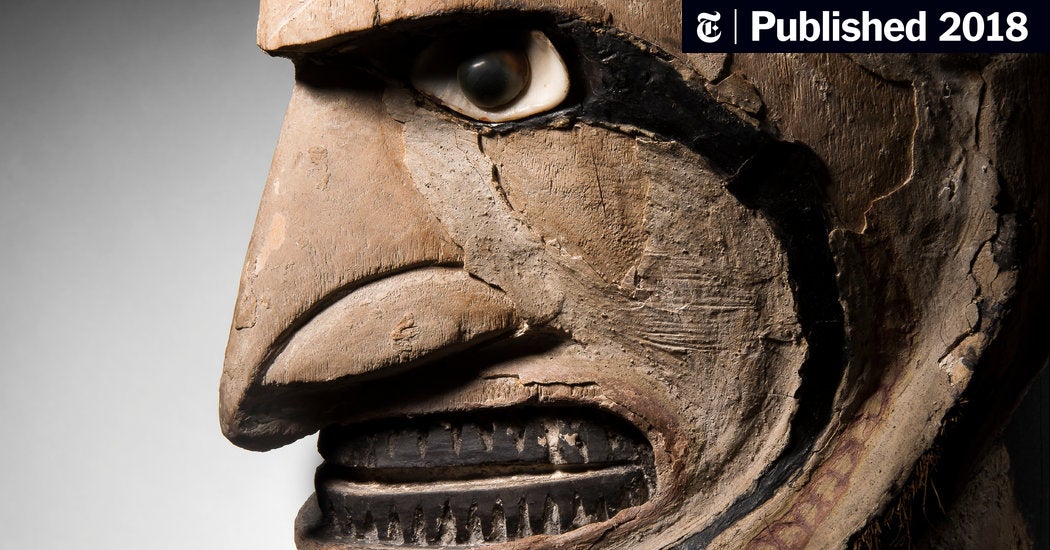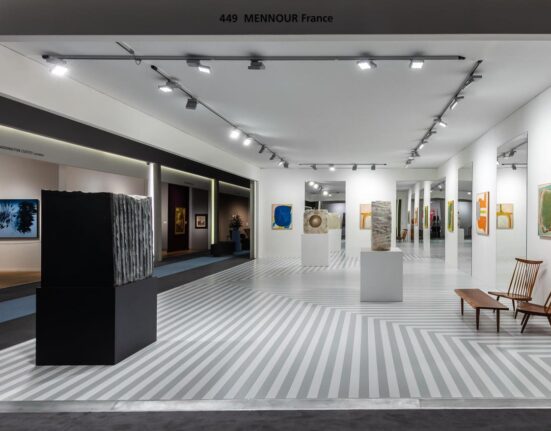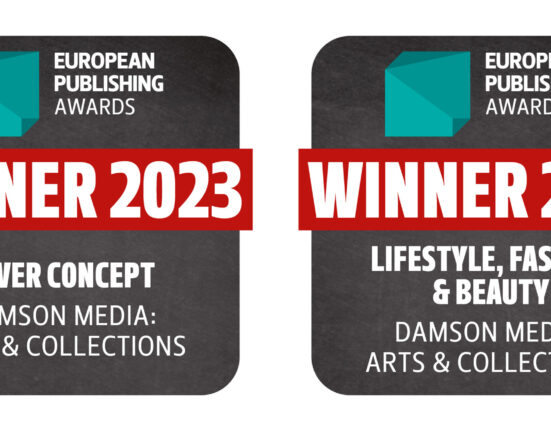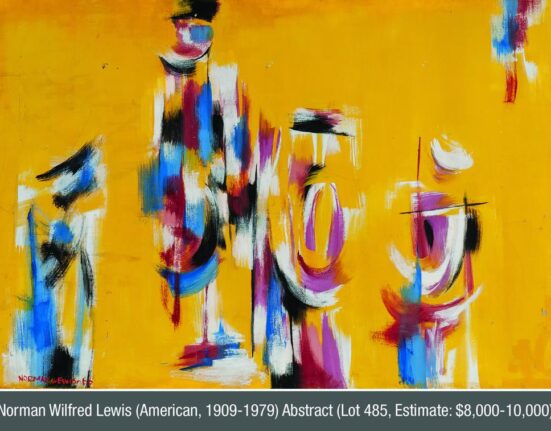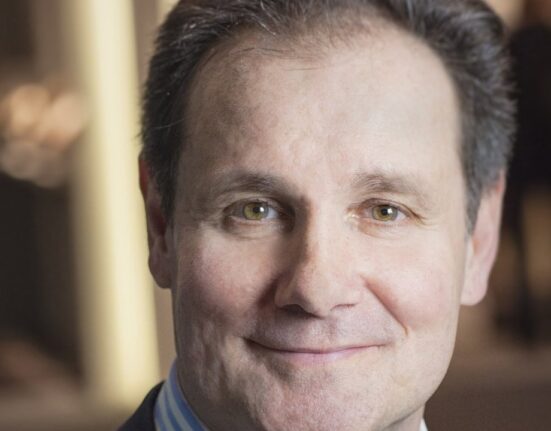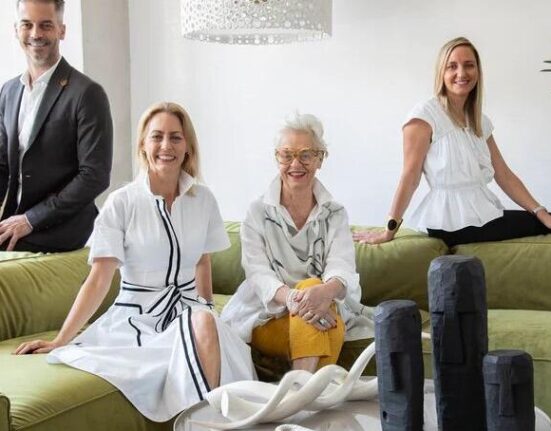AMSTERDAM — The European Fine Art Fair in Maastricht, the Netherlands, long recognized as the world’s reigning showcase of museum-quality art and antiques, is not just a destination art fair anymore but a global art brand.
Or at least that is the aim of the Dutch foundation that runs the fair, according to Nanne Dekking, the new chairman of its board of trustees, who took the helm in July. After the European Fine Art Foundation started spring and fall fairs at the Park Avenue Armory in Manhattan under the name Tefaf New York, it decided that other changes were needed to shift the focus of Tefaf toward a broader, more international client base.
“What we really try to achieve is to become a global brand,” Mr. Dekking said in a telephone interview. “But it’s a more complex brand because of the huge diversity of participants. We cannot say that we’re going to be a global brand in Impressionism or a global brand in contemporary art. What we have to establish is that we can become a global brand that people can trust.”
Tefaf is following the trend set by prestigious art organizations such as Art Basel, which has fairs in Switzerland, Miami and Hong Kong; and Frieze, with its events in London and New York as well as a magazine and an art academy.
The annual Tefaf fair in Maastricht, which is open to the public this year from March 8 to 18, maintains its status as the premier Tefaf event. It is a magnet for about 75,000 visitors, including thousands of art collectors from across the globe who land their private jets at Maastricht Aachen Airport to attend the V.I.P. openings and spend millions at the fair.
But balancing the needs of the 275 exhibitors who participate in the Dutch fair annually with the spring and fall fairs in New York, while trying to ensure that the American events do not cannibalize Tefaf’s own audience, is requiring the organization to rethink some of its strategies.
This year, Tefaf reorganized its board of trustees, shifting about 20 percent of the top positions and replacing some of the art dealers on the board with other professionals, such as museum curators, art advisers and lawyers. “We realized that we need not only a more international organization but we also need representatives not only from the art dealer world, but from the art market, in the organization,” Mr. Dekking said.
The new brand identity de-emphasizes the original focus of Tefaf’s founding group of dealers, who tended to specialize in Dutch and Flemish old masters, and instead highlights the current encyclopedic nature of the Maastricht fair’s 7,000 years of offerings, from ancient porcelain and African and Oceanic arts through midcentury modern furniture and haute jewelry. And the fair continues to expand its modern and contemporary art section, reflecting the market taste for contemporary art that has driven record sales in recent years.
This year, Tefaf Maastricht has 16 new exhibitors. More than half of them are devoted to contemporary and modern paintings, works on paper or design, including the Perrotin contemporary art galleries, with five international locations; the Leon Tovar Gallery of New York, representing modern Latin American art; and Jousse Entreprise of Paris, featuring modern architectural furniture and art.
Tefaf Showcase, a segment of the fair dedicated to supporting “young, innovative and exceptional dealers,” is dominated by newer European dealers, including the Cortesi Gallery based in Lugano, Switzerland, and the Belgian Galerie Le Beau, which is focused on 20th-century design, but also the newcomers Charles-Wesley Hourdé, a Paris-based specialist in African, Oceanic and pre-Columbian art; and London’s Kallos Gallery, selling ancient art and antiquities.
Instead of talking about time periods or genres of works for sale, Tefaf is emphasizing what the chief executive, Patrick van Maris, calls its core values.
“The brand stands for the best artworks selected by Tefaf, represented by the best art dealers in the world,” he said. “We have a very strong vetting system and the trust aspect is extremely important for Tefaf. One of the most important things we’d really like to come across is that the dealers have a story to tell, and we provide a platform for that.”
Another value that might be added to that list this year: exclusivity. Tefaf Maastricht has changed its opening policy this year, to give its biggest spenders more time to browse and to focus on buying. Unlike in years past, when there was only one V.I.P. day, this year the first two days of this year’s fair will be open only to invited guests. The doors will open to everyone on March 10, for just eight days of public viewing, rather than the traditional nine.
The push for this change came from the participating dealers, Mr. Dekking said. “There was an outcry among the dealers,” he said. “They felt that we were inundated by tourists who just liked to be there and to see each other. I have to say, that was the truth, it was too overcrowded. On opening night, the real buyers want to be able to have space to run from one booth to another to make sure that they can buy something.”
These shifts of structure, emphasis and direction have naturally been met with mixed feelings by some of the long-term participants. For example, Guy Stair Sainty, a London-based dealer in old masters, took a less than sanguine view of the board’s ambition to establish itself as a global brand.
“Who does that benefit? The Tefaf foundation or the dealers?” he said in a telephone interview. “Tefaf is a foundation that was formed by dealers, paid for by dealers, and it should be for the dealers. It’s not a business for the people behind it. The focus, I think, should be the success of the dealers who participate. Everything else is not relevant.”
James Roundell, a director of the Dickinson Gallery, who will step down as the modern chairman section after this year’s fair, said he thought it was time for Tefaf to think bigger.
“We’re living in a world where brand is all-important, so to be just a little art fair is no longer enough if you want a profile which is worldwide,” he said. “We live in a world of brands; what is Nike if not a brand, what is Apple, what are Christie’s and Sotheby’s? There’s no reason why Tefaf cannot be up there with them in terms of worldwide profile, with a little work.”
A longtime Tefaf participant, the old masters dealer Bob Haboldt, who has galleries in New York, Paris and Amsterdam, is optimistic about the changes. “The people who are now in charge, together with a younger board, have looked at Frieze and they’ve looked at the weaknesses of other fairs, and they’re trying to establish a fair that has its own trademark that they can export,” he said in a telephone interview. “It’s so far moderately successful at the Armory, but I don’t think we’re there yet.”
Mr. Dekking also guessed that this was only the beginning of a process that would unfold over several years. As to what other kinds of services the brand might encompass, Mr. Dekking and Mr. van Maris said that they were working on a partnership called Tefaf Education with nearby Maastricht University to develop courses in art connoisseurship, for example. They said it was too soon to discuss any other specific plans.
“We can dream about what you can do as a brand, but let’s first establish the brand as much as we can,” Mr. Dekking said. “We want to focus on the vetting committee, and I think we need a few years to establish the New York fair. The brand is only a brand when you can explain to people what you stand for.”

